An infrared night vision camera for car provides critical support for one of the most challenging situations that drivers face, which is driving at night or in poor weather conditions. Limited visibility significantly increases the risk of accidents, particularly on roads where street lighting is insufficient. In these environments, thermal imaging offers a practical solution by capturing heat signatures instead of relying on visible light. This technology delivers clearer imaging in situations where traditional headlights and near-infrared systems are less effective.

Infrared night vision cameras are increasingly recognized for their ability to improve hazard detection in complete darkness, as well as in fog, rain, or snow. By allowing drivers to detect pedestrians, animals, and obstacles earlier than with standard lighting alone, these systems contribute meaningfully to safer driving. With road safety becoming an important global priority, thermal imaging plays a valuable role in reducing risks and supporting better situational awareness behind the wheel.
Understanding How Infrared Night Vision Works in Vehicles
An infrared night vision camera for car operates by detecting thermal radiation naturally emitted by objects at varying temperatures. It converts these differences in heat into a visible image, helping the driver recognize potential hazards on the road. Unlike systems based on visible light, which depend on reflected illumination, thermal imaging continues to perform reliably even in complete darkness or low-light environments.
This technology proves particularly useful when visibility is limited. A person walking along the roadside or a deer crossing ahead can still be clearly identified by their heat signature. The ability to detect such hazards early is especially important in rural areas and under adverse weather conditions. Many thermal cameras now provide real-time imaging, giving drivers the opportunity to react promptly to unexpected obstacles or sudden changes on the road.
Performance Comparison with Traditional Night Driving Aids
Traditional headlights have seen steady improvement through adaptive lighting and high-intensity beams, but they remain vulnerable to environmental factors. These systems illuminate only a fixed distance ahead and often struggle under conditions such as fog, snowfall, or glare from oncoming vehicles. Near-infrared systems offer better visibility in low-light settings, although their performance declines sharply when external light is scattered or blocked. An infrared night vision camera for car helps overcome these challenges by detecting the thermal energy emitted by objects rather than depending on reflected light. This technology delivers consistent imaging across a wide range of weather and lighting conditions. By providing a clear view without relying on external light sources, thermal camera reduces visual strain and helps drivers stay focused during long hours on the road.
Current Applications and Future Integration in the Automotive Industry
Thermal camera technology is no longer limited to luxury models or specialized vehicles. Many manufacturers are increasingly adopting infrared night vision cameras for car as either standard equipment or optional safety features. Including systems such as the NV300 Max, are now available to a broader group of drivers. These products offer reliable thermal detection and are designed for easy installation and everyday use.
Beyond enhancing safety for individual drivers, thermal cameras are also being adopted across commercial fleets, emergency response vehicles, and other sectors where driving in low-visibility conditions is routine. The ability to detect hazards early helps reduce the risk of accidents and supports more efficient vehicle operations. This technology integrates effectively with driver-assistance systems such as lane keeping and collision avoidance features.
Conclusion
The infrared night vision camera for car offers clear safety benefits for driving at night and in low-visibility conditions. By allowing drivers to detect potential hazards earlier and reducing dependence on ambient light, this technology helps improve road safety while giving drivers greater confidence on the road. As the automotive industry continues to advance toward smarter and safer vehicles, thermal camera is likely to become a standard feature for protecting both drivers and pedestrians.


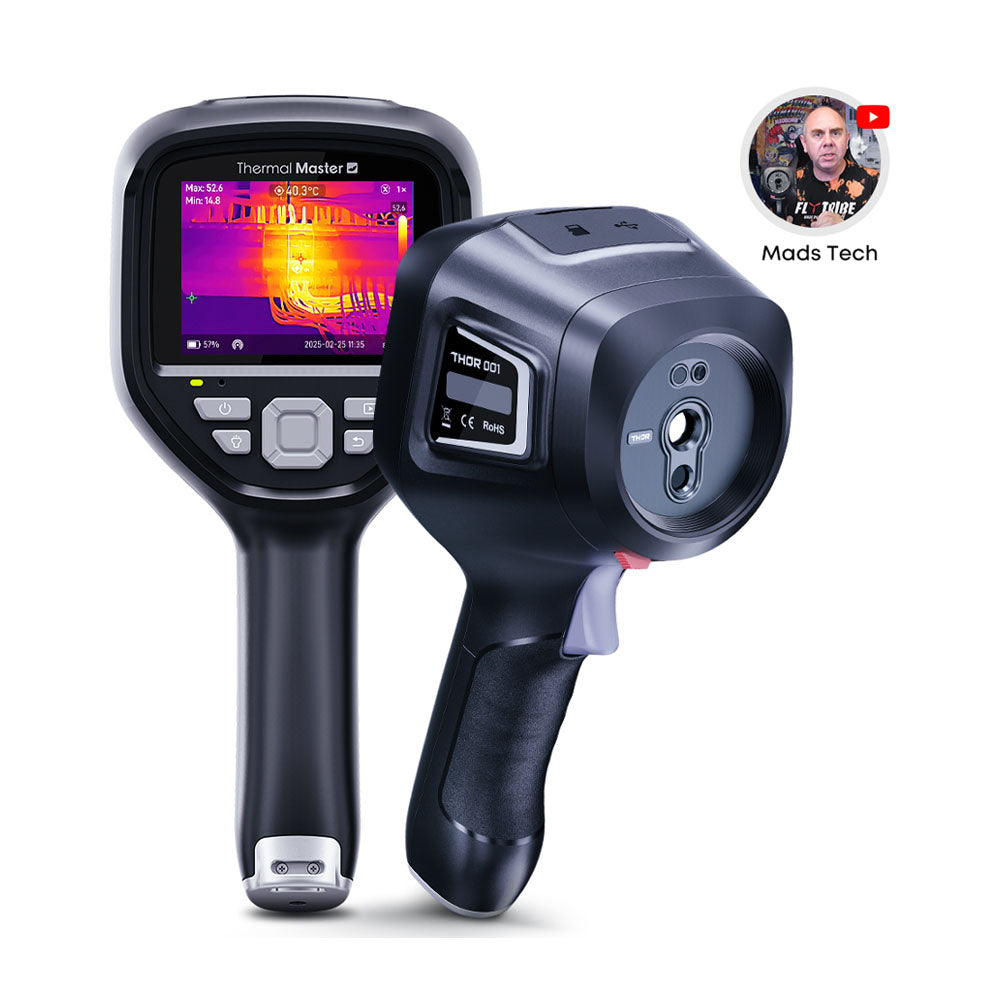

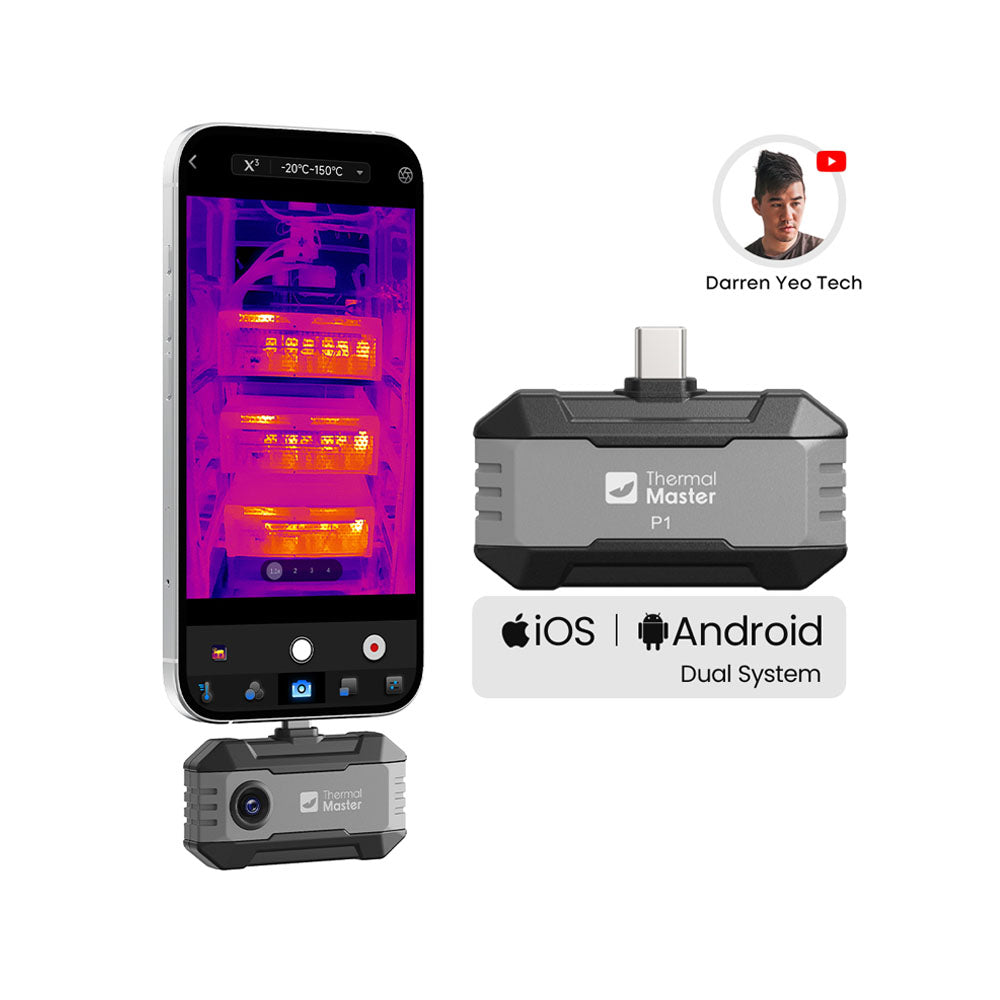
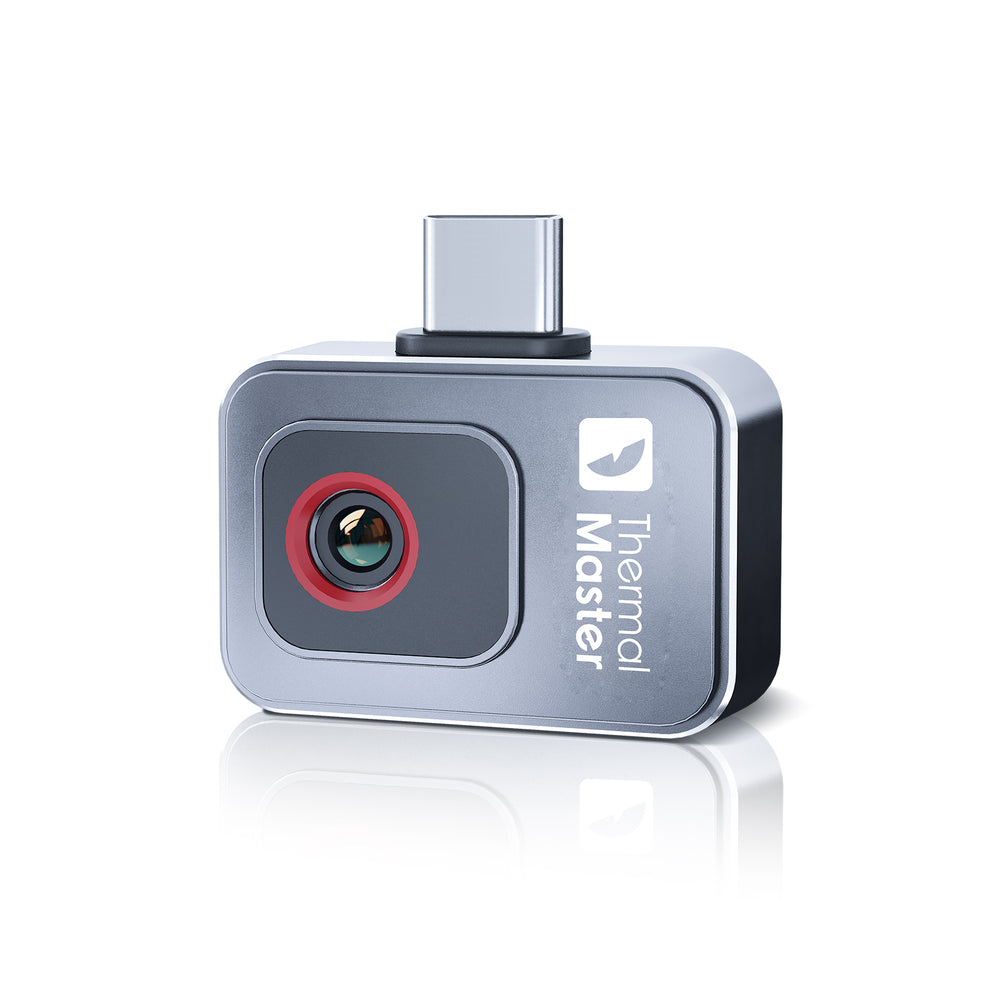
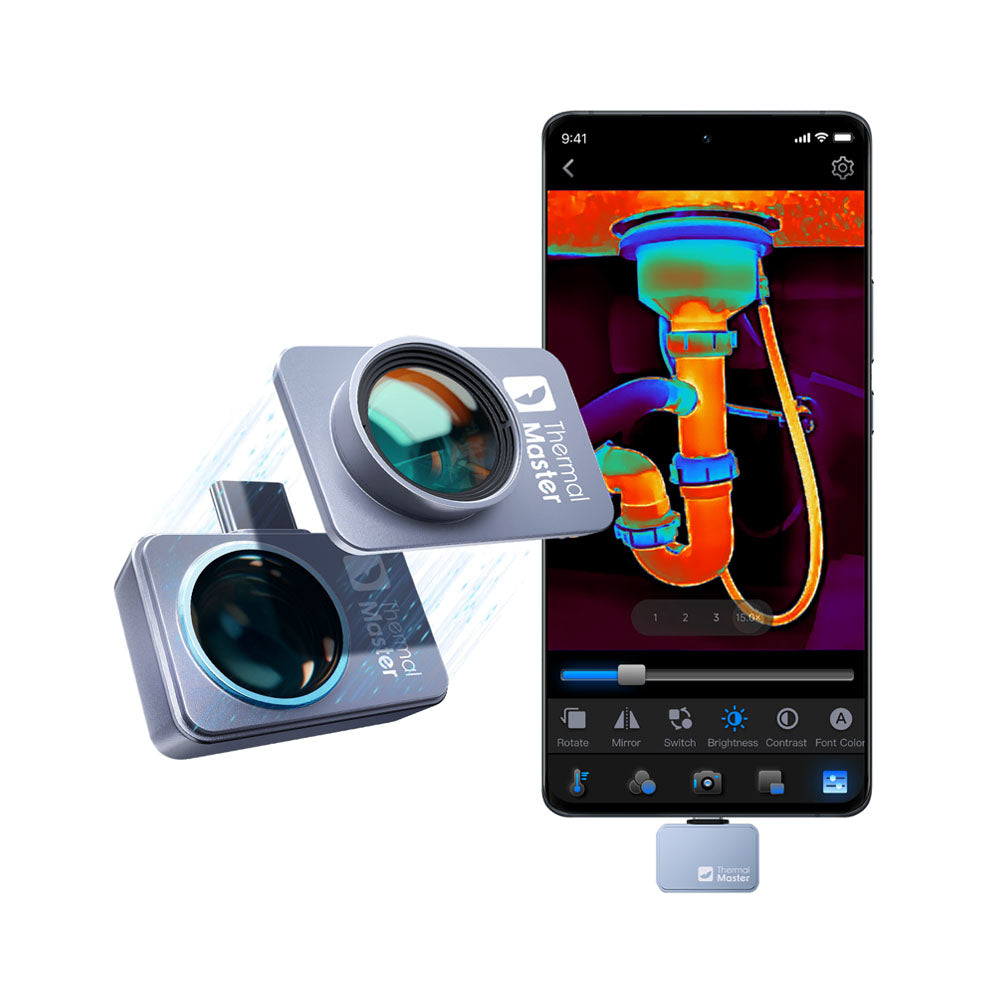

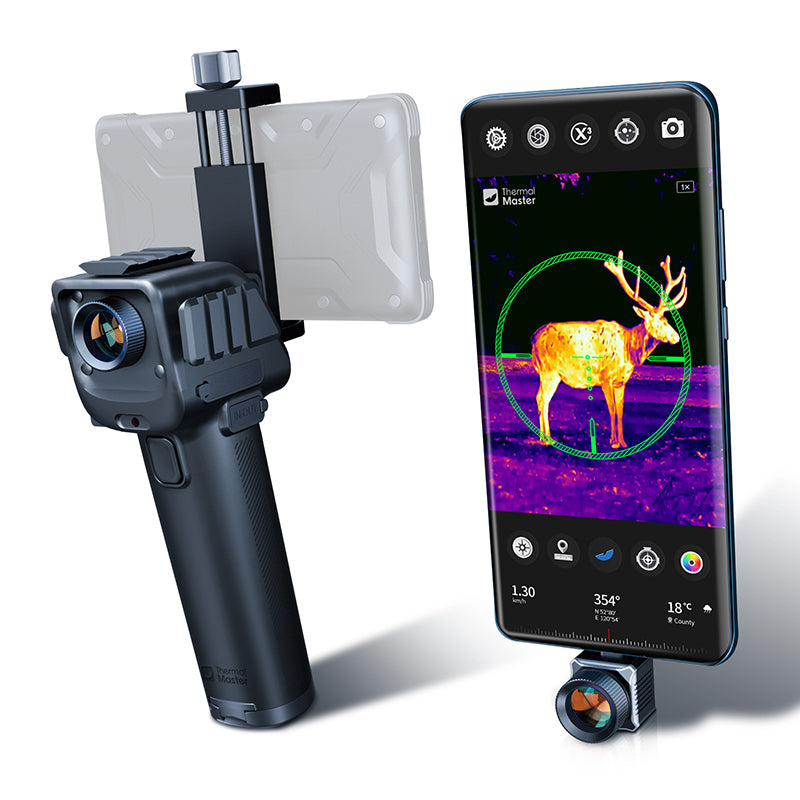
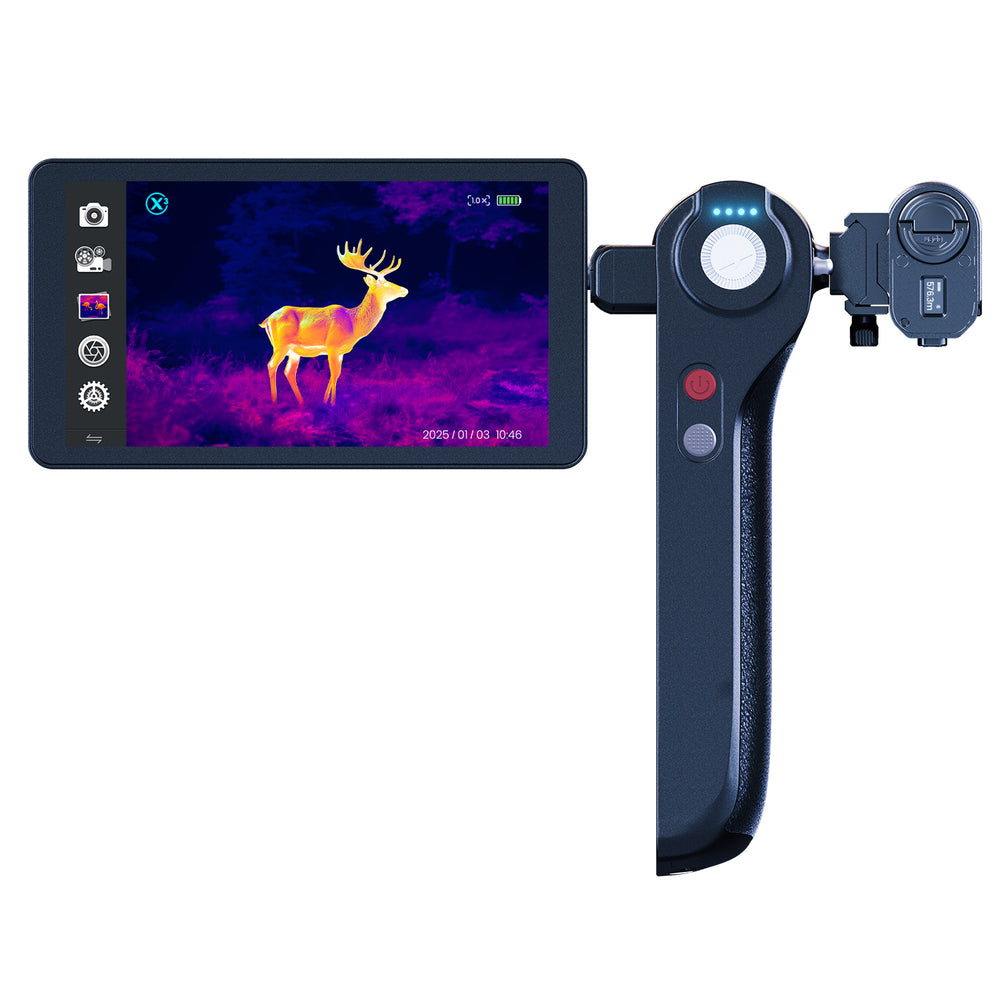
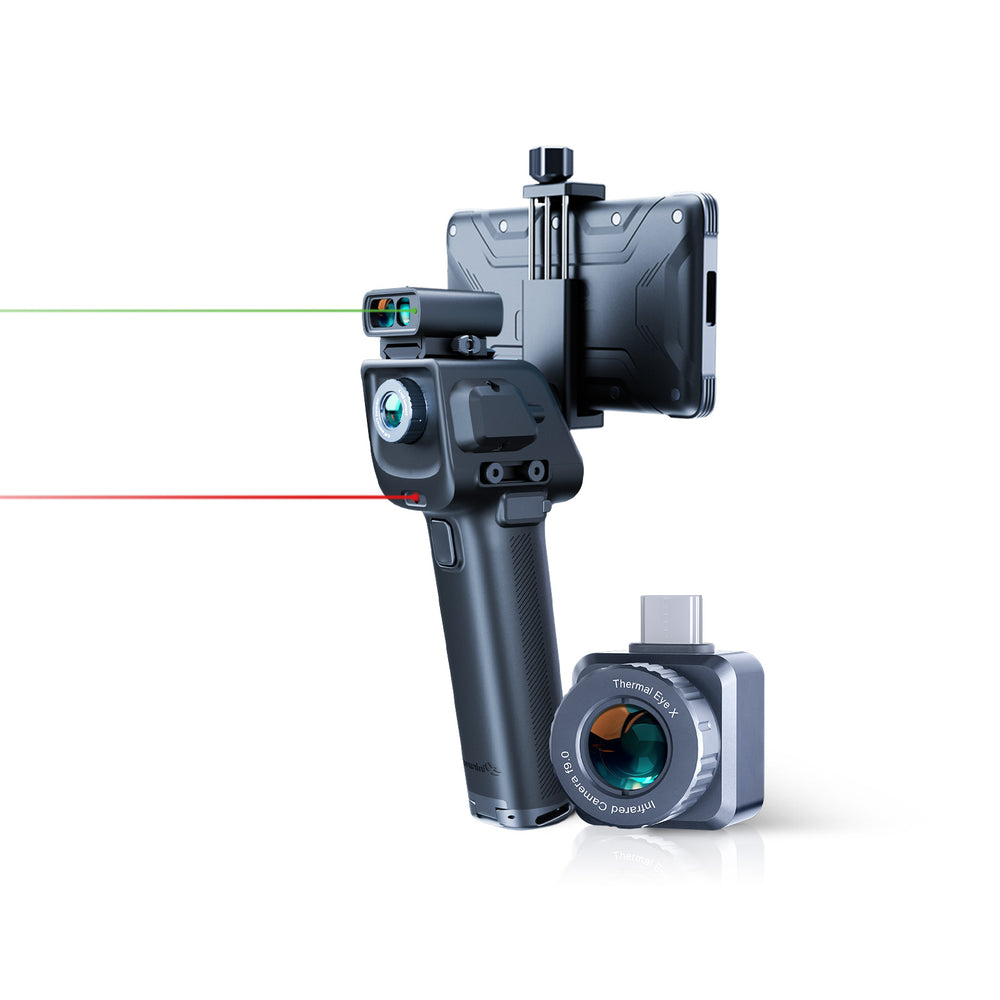
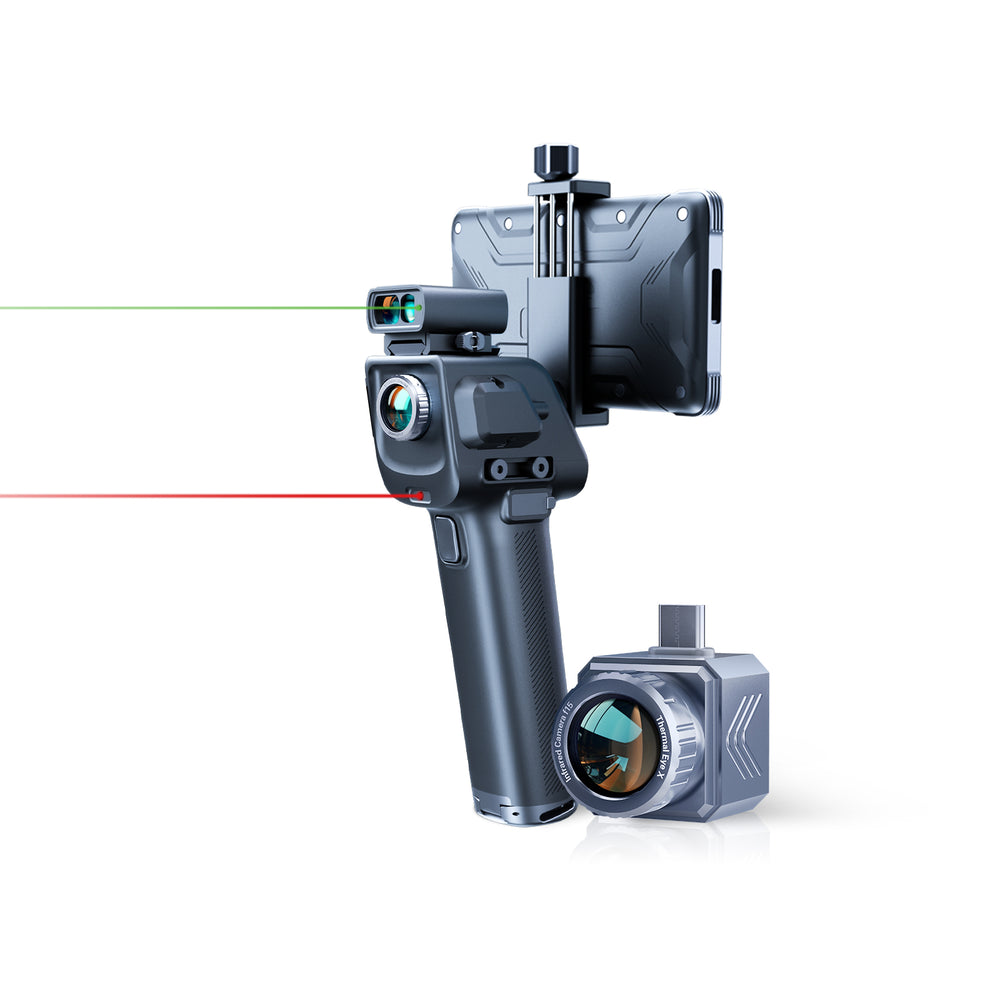
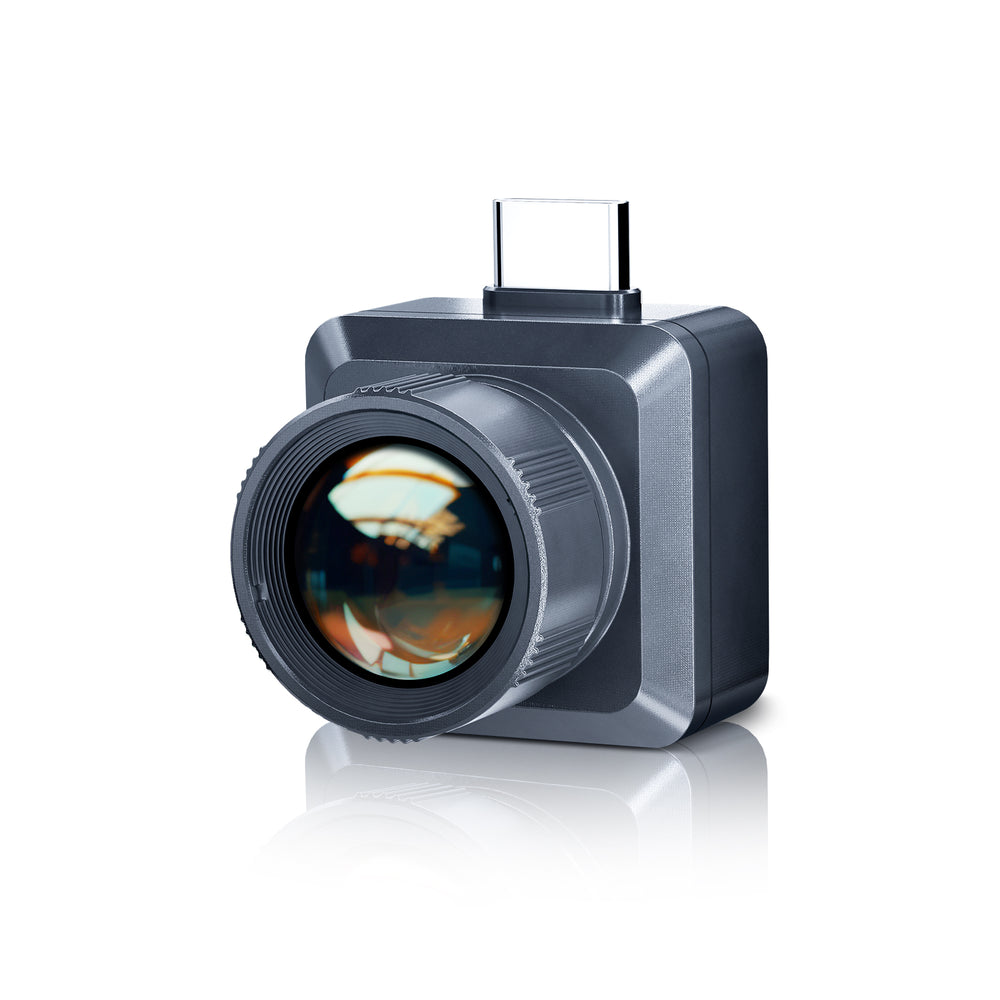
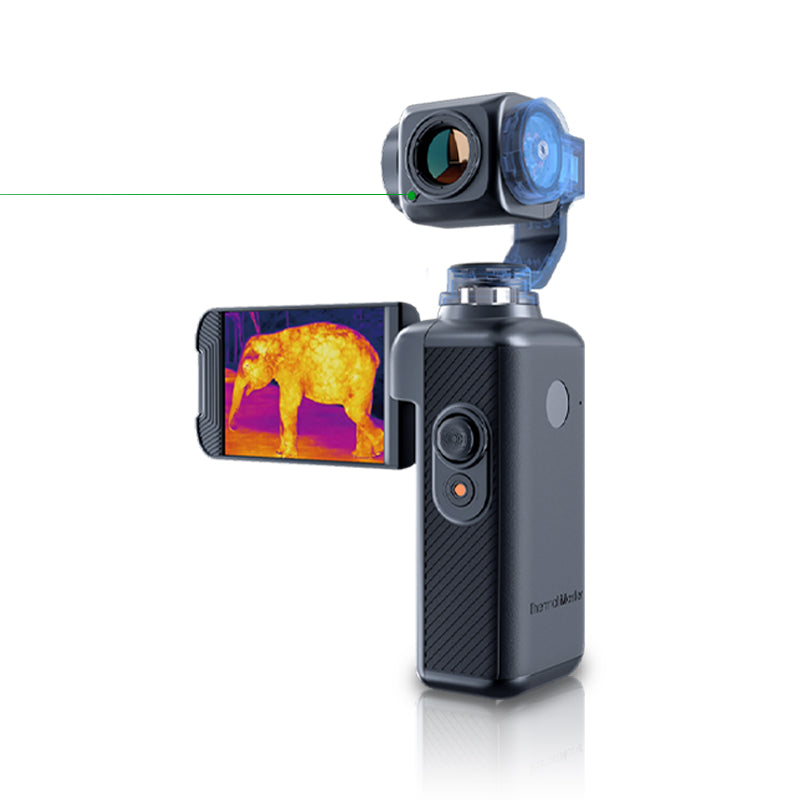
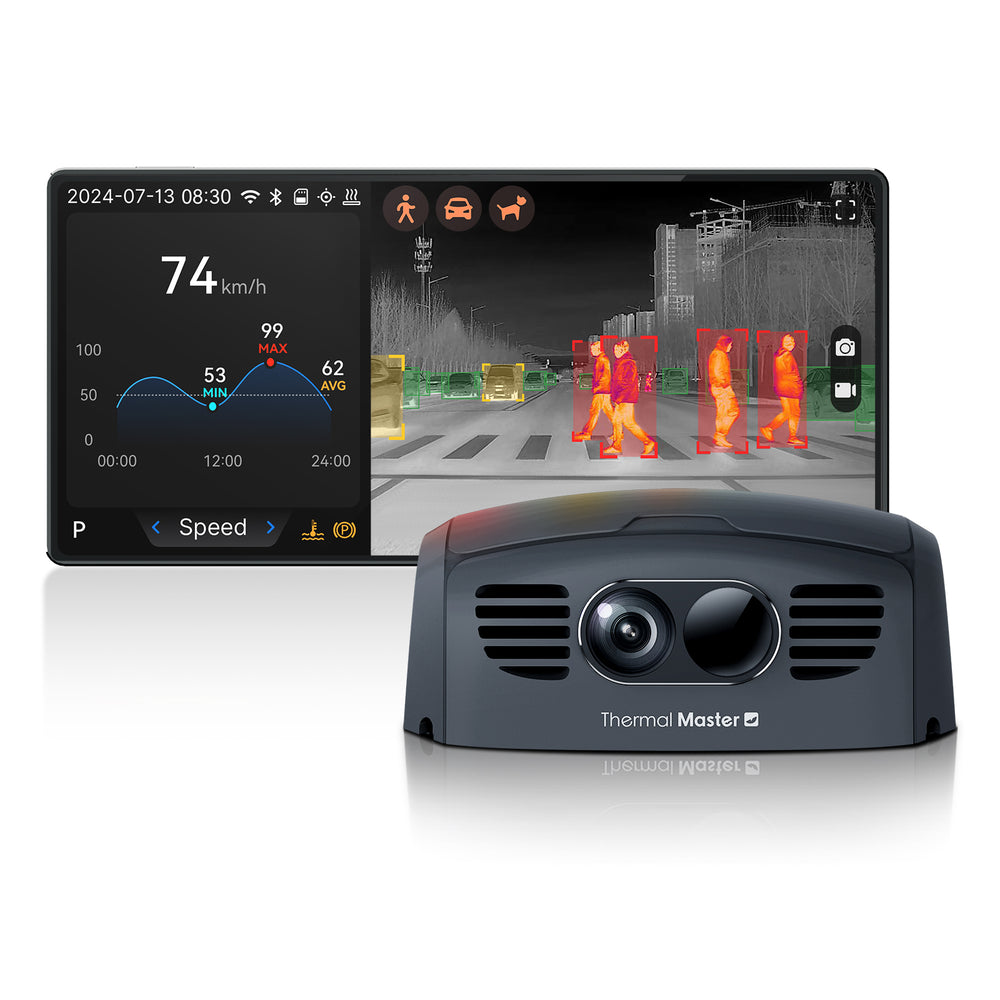
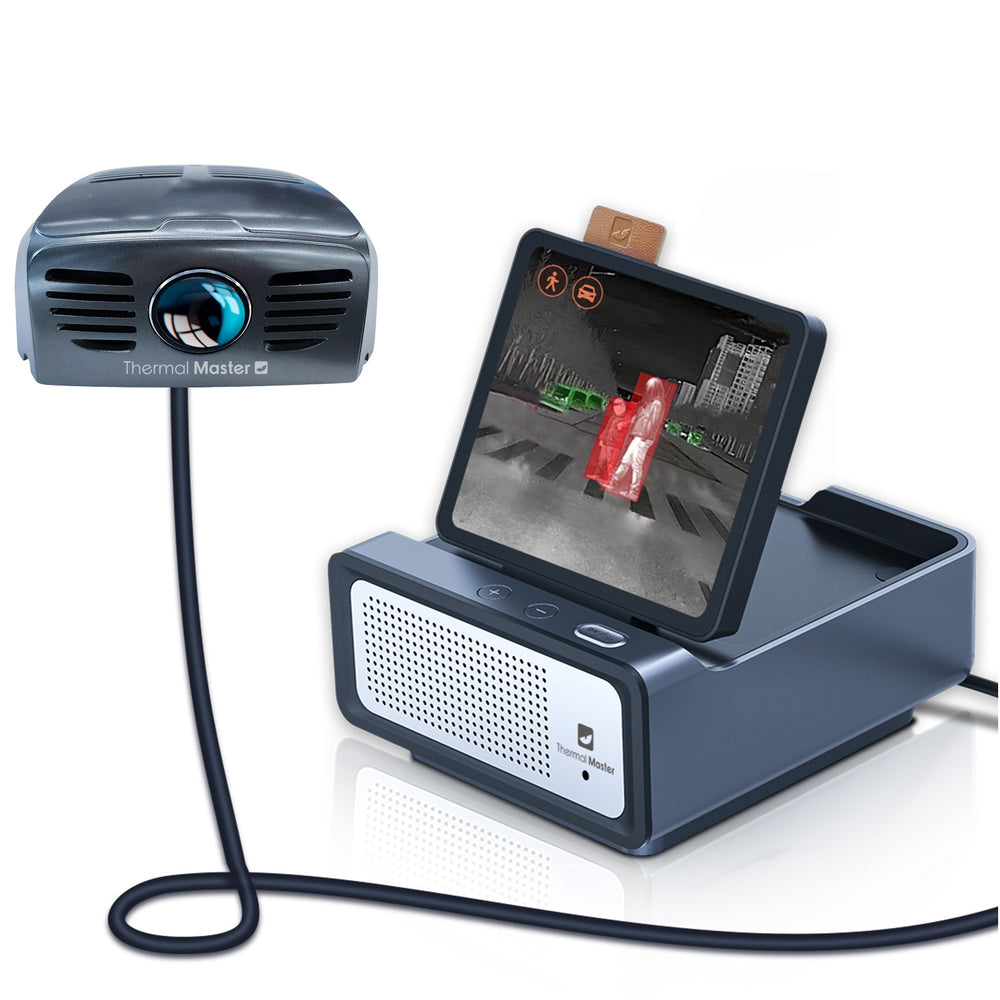
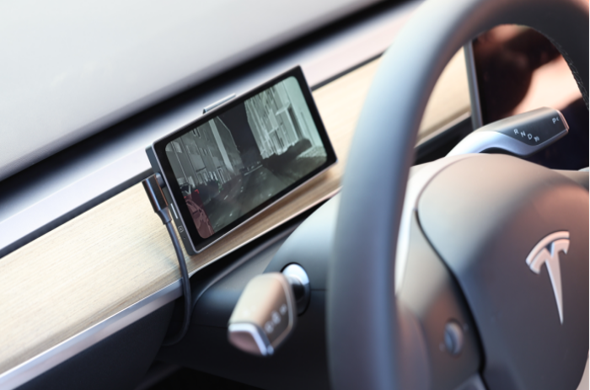
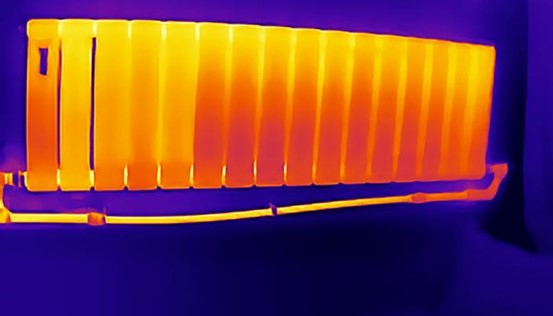
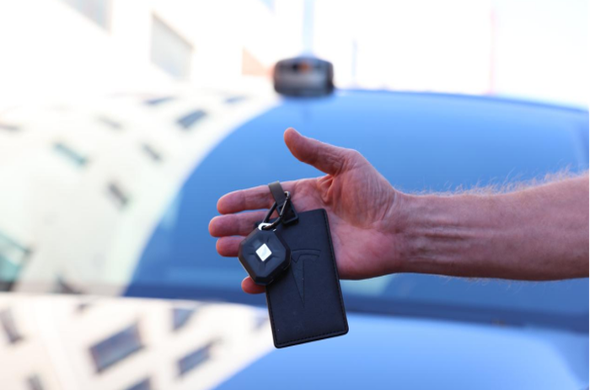
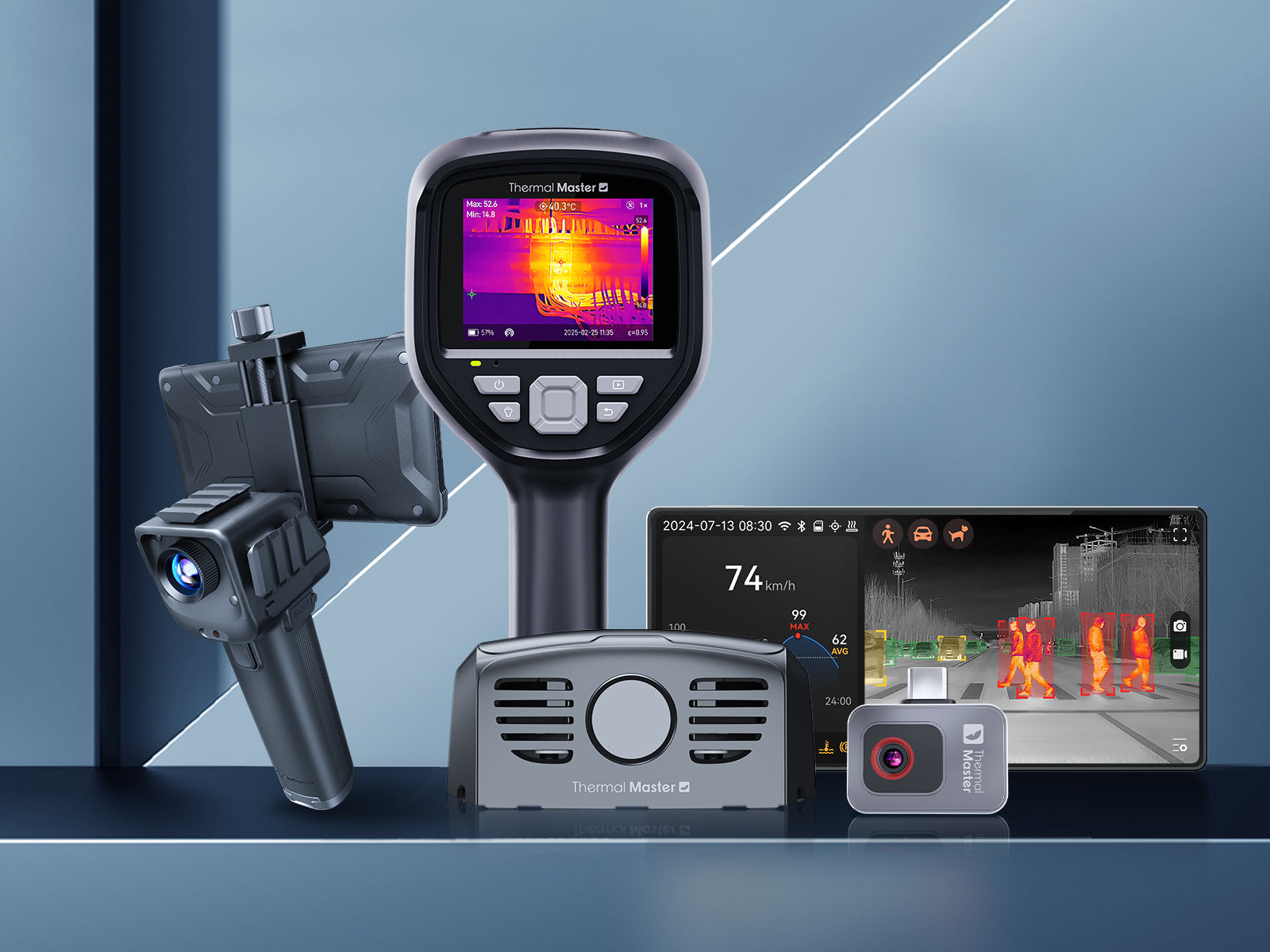
Leave a comment
All comments are moderated before being published.
This site is protected by hCaptcha and the hCaptcha Privacy Policy and Terms of Service apply.